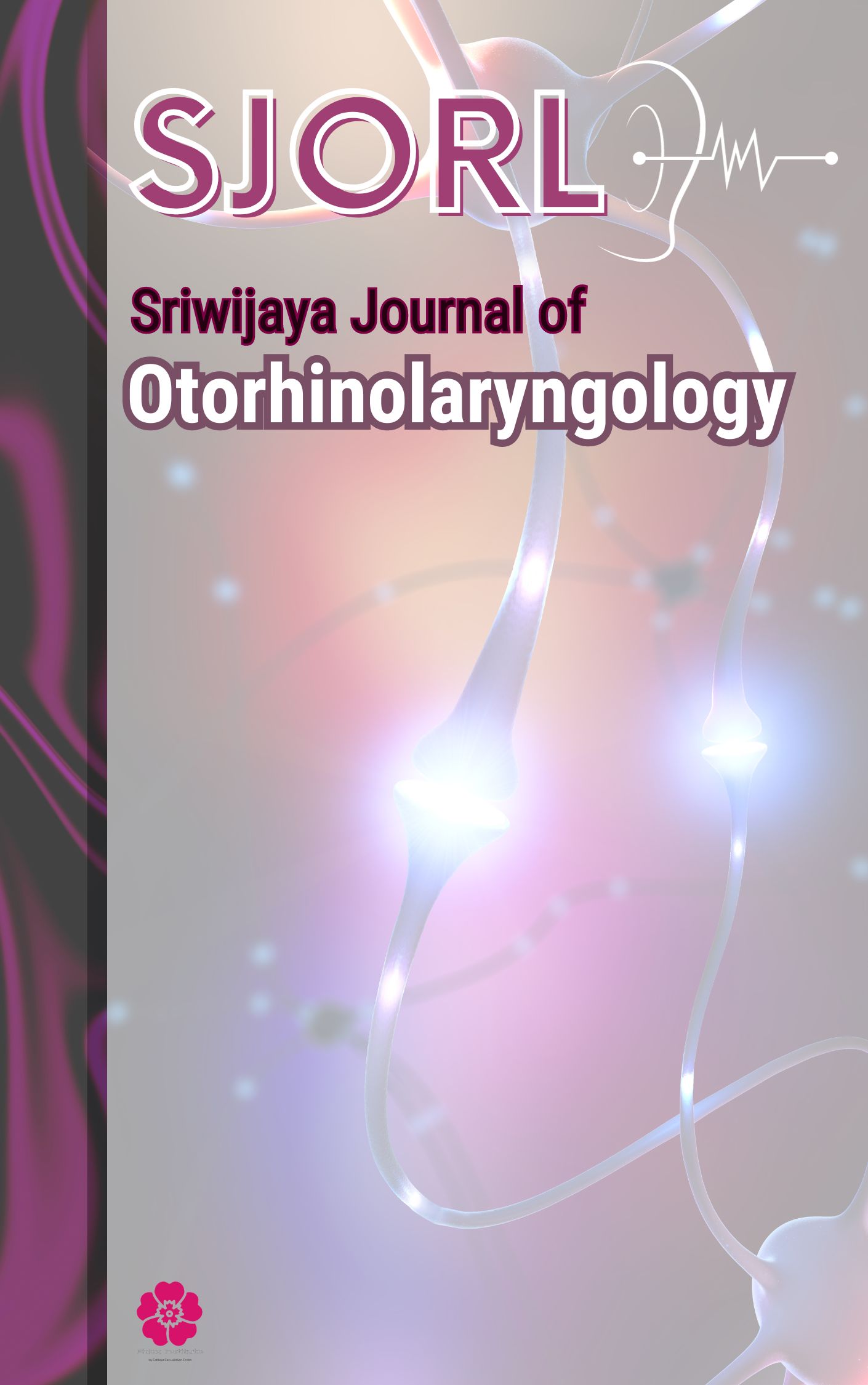Main Article Content
Abstract
Introduction: Early detection of hearing loss in neonates is critical for timely intervention and optimal speech and language development. This study aimed to compare the accuracy of Auditory Brainstem Response (ABR) and Otoacoustic Emissions (OAEs), two commonly used hearing screening methods, in identifying hearing loss in newborns in Mexico City.
Methods: A prospective cross-sectional study was conducted at a tertiary care hospital in Mexico City. Newborns were screened with both ABR and OAEs within the first 48 hours of life. Infants who failed either screening test underwent diagnostic audiological evaluation by three months of age. The sensitivity, specificity, positive predictive value (PPV), and negative predictive value (NPV) of ABR and OAEs were calculated using the diagnostic evaluation as the gold standard.
Results: A total of 500 newborns were included in the study. The prevalence of hearing loss was 3%. ABR had a sensitivity of 95%, specificity of 92%, PPV of 60%, and NPV of 99%. OAEs had a sensitivity of 85%, specificity of 90%, PPV of 45%, and NPV of 98%. ABR demonstrated significantly higher sensitivity compared to OAEs (p<0.05).
Conclusion: ABR exhibited higher sensitivity in detecting hearing loss in neonates compared to OAEs. However, both methods demonstrated high NPV, suggesting their suitability for universal newborn hearing screening programs. The choice between ABR and OAEs may depend on available resources and the specific needs of the healthcare setting.
Keywords
Article Details
Sriwijaya Journal of Otorhinolaryngology (SJORL) allow the author(s) to hold the copyright without restrictions and allow the author(s) to retain publishing rights without restrictions, also the owner of the commercial rights to the article is the author.

